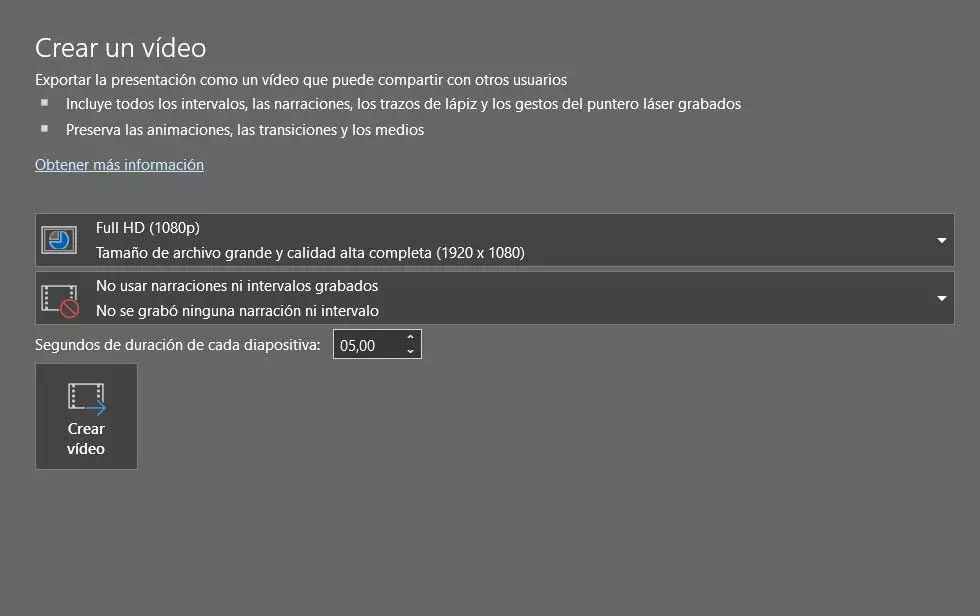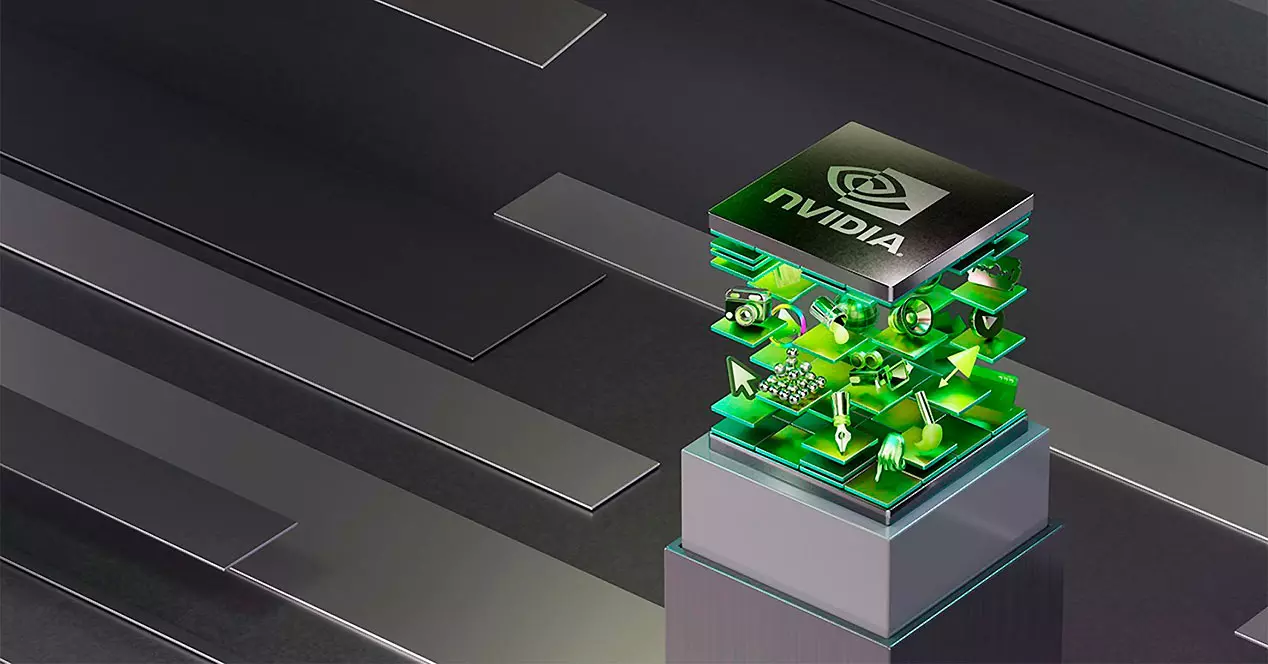
Technically, it should be totally impossible to see DOOM on a Commodore 64, it is a game that we can consider impossible on said hardware and a shortened conversion should not even be possible taking into account its technical specifications. However, they have succeeded, and all thanks to a small trick, the use of hardware more than three decades more modern than the legendary Commodore computer.
If we had to talk about the video game that has had the most conversions in history, the one that would take the cake without a doubt is the work of John Carmack and John Romero released in the early 90s. We have even seen it adapted for the notepad of Windows and in this case for a system with much less capacity than the PCs for which the game was originally released.
Doom on a Commodore 64, but is that even possible?
Well yes, they have, but this is tricky, since Commodore’s mythical 8-bit computer is only in charge of receiving the input from the player, sending it to a Raspberry Pi connected to the computer’s cartridge slot, which is in charge of to move the game and then sends back to the computer’s image buffer the information necessary for it to render it. That is to say, at the original resolution of the system, 320 x 200 and with those horrendous 16 colors that did more harm than good to the system and at 50 or 60 FPS, depending on whether it is a PAL or NTSC system.
In any case, the only part of the hardware that the expansion does not replace is the mythical SID chip, as can be seen in the video that accompanies these lines. So if you have ever wondered how Doom would sound with the characteristic audio of this 8-bit computer, its greatest hallmark, well now you know.
This is achieved through a expansion cartridge called RAD, which functions as a RAM expansion module, similar to the one that made Master System’s Sonic conversion possible. In its bowels you can find a Raspberry Pi 3A+, 3B+, or Zero 2W. The only problem? They have not converted the entire game, but only the demo of it with only 4 levels.
Enhancement chips already existed
The old consoles accessed the memory of the cartridges, which was read only, through addressing to the RAM memory. For example, and not counting multibank techniques, an 8-bit CPU like the Z80A or 6502, and derivatives, had 16-bit addressing, which allowed them to access 64 KB of memory. If we talk about 16-bit consoles, with the Motorola 68K or the 65816, the addressing was 24 bits and, therefore, they could access 16 MB of memory. In both cases that first bit was used to decide whether to access the cartridge slot or system RAM.
The catch with this is that this allowed the opposite case, not only for the system processor to access the cartridge memory, but to add support chips to increase the capabilities of the system. In the 8 bits it was the multibank chips, multiple scroll or FM synthesis to improve the audio. Already in the 16 bits we saw entire processors that replaced the use of the central CPU of the system. As is the case of the famous Nintendo SuperFX or the SVP of Mega Drive.





